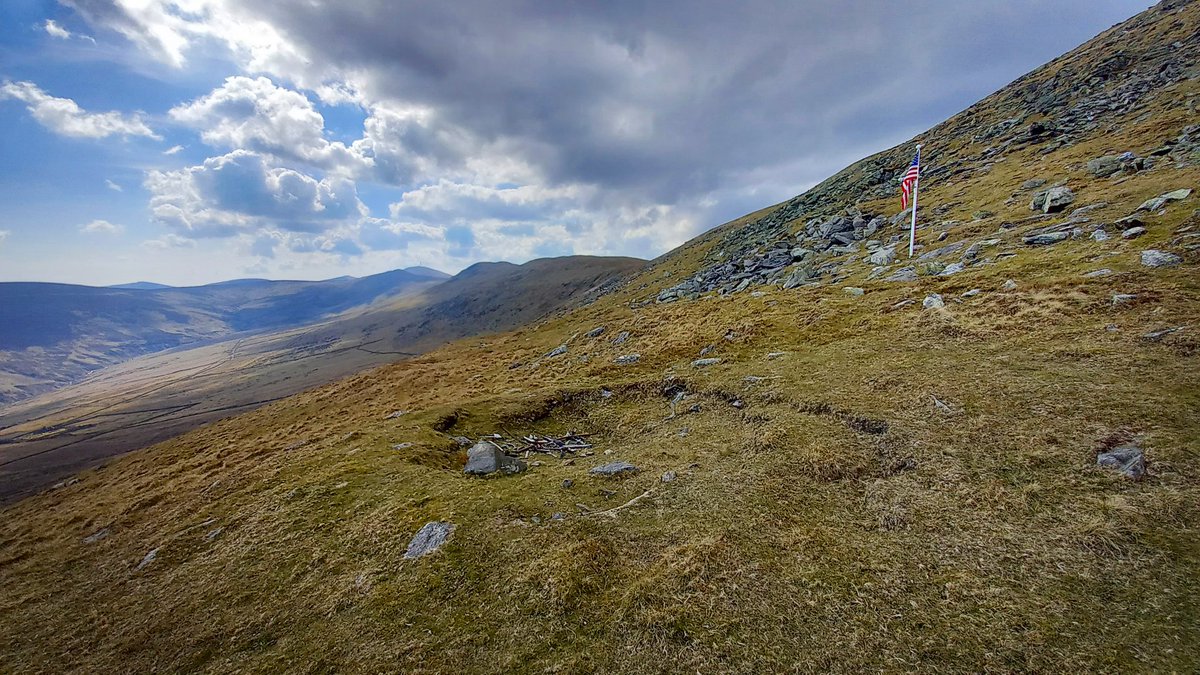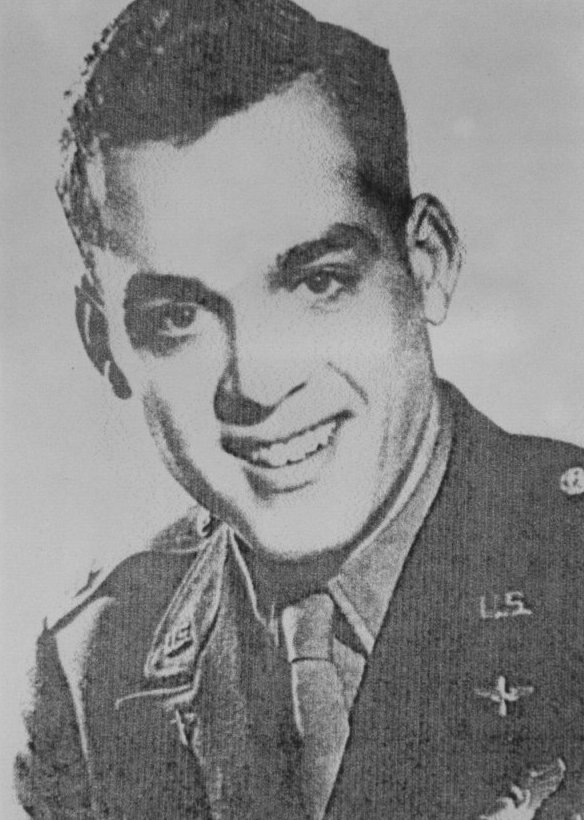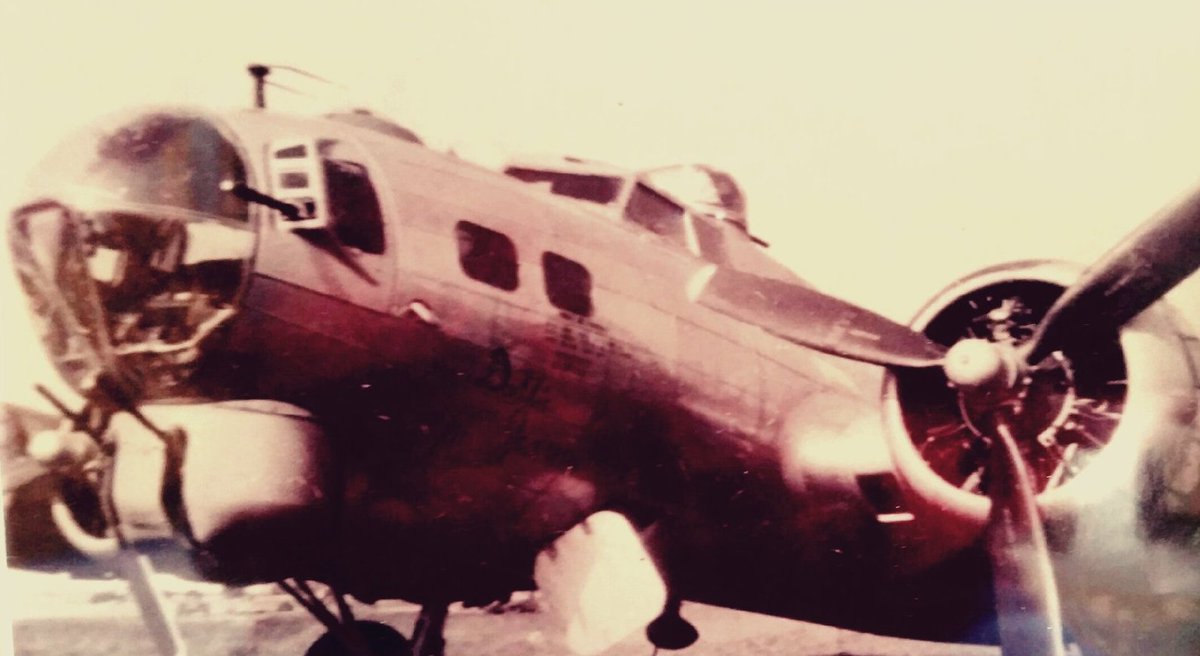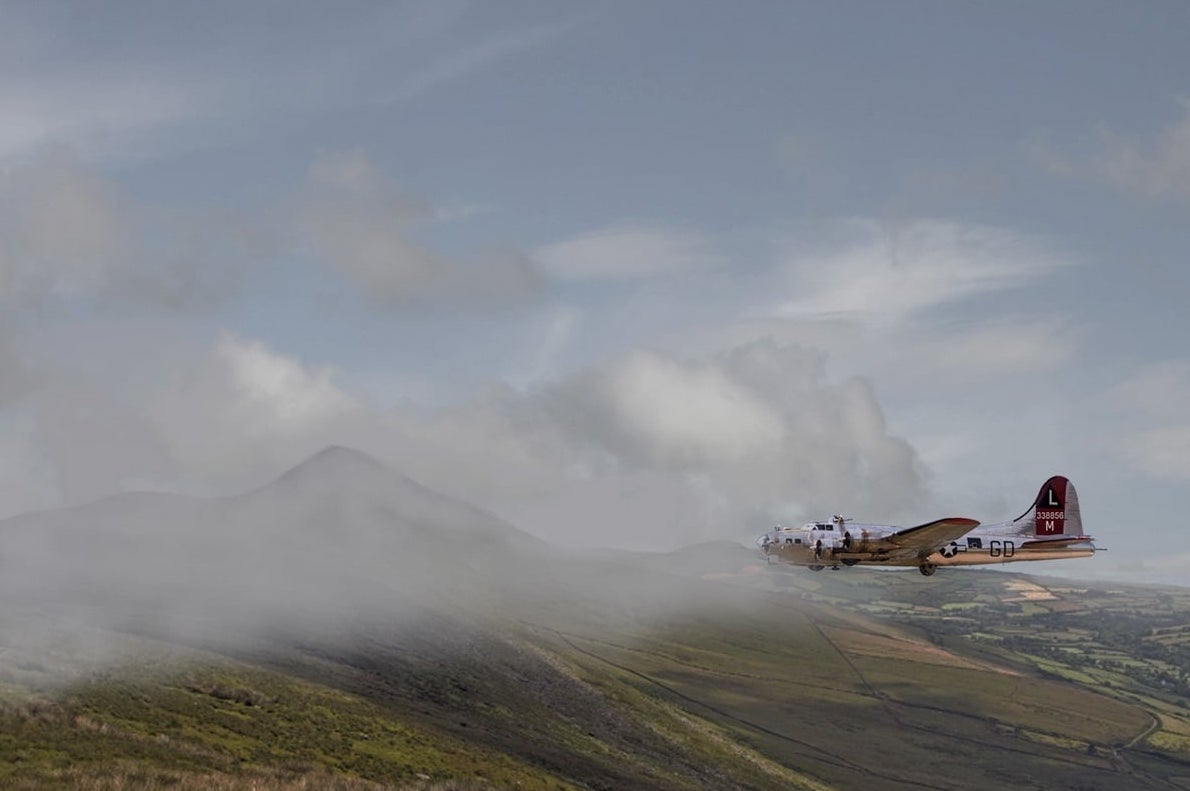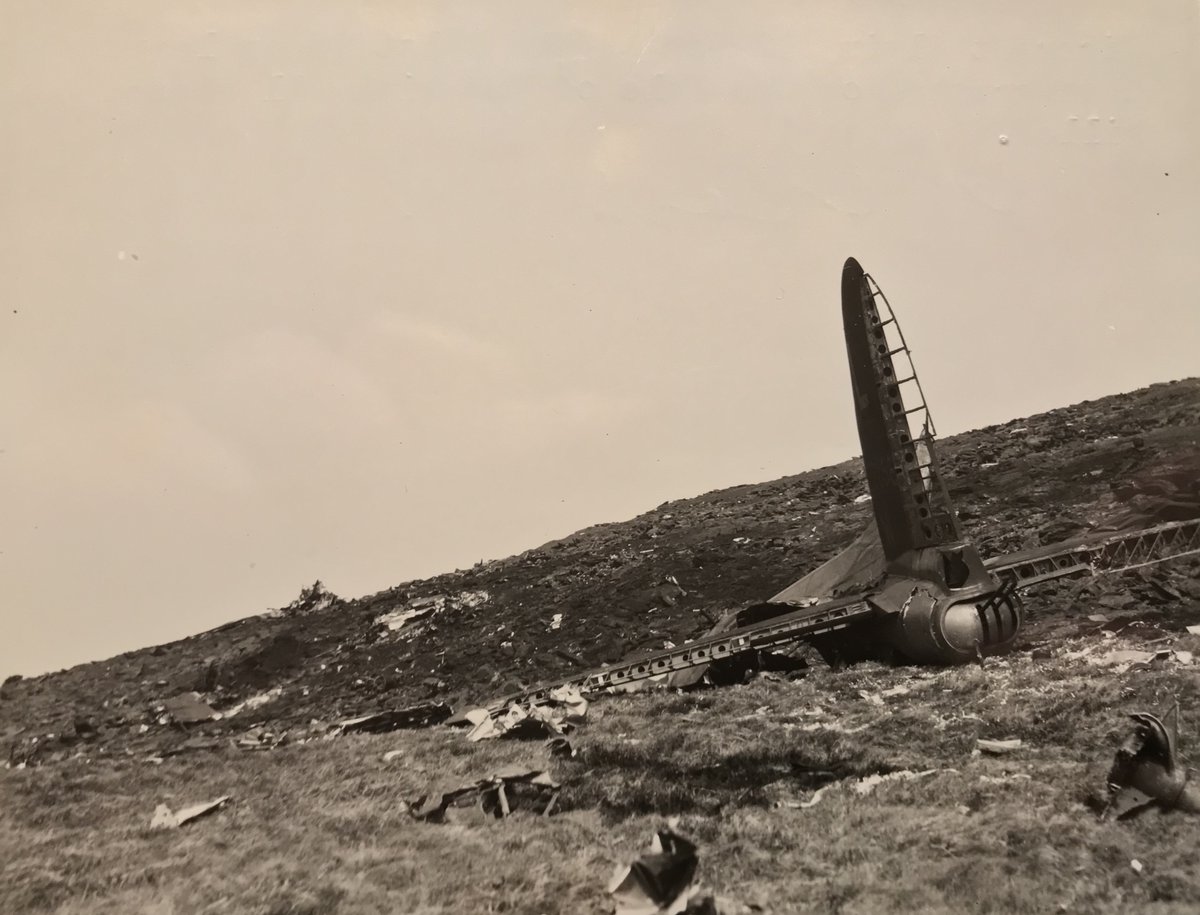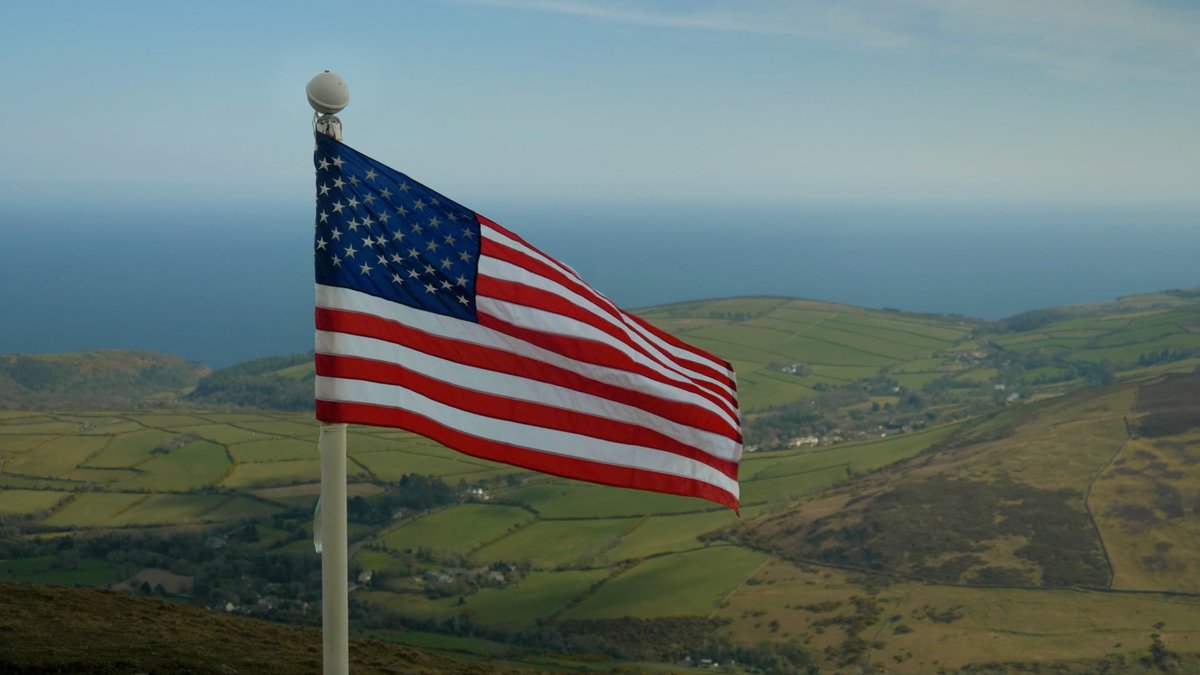On this day 76 years ago, the Isle of Man suffered its worst aviation disaster. This thread is in memory of the 31 Americans who lost their lives on April 23, 1945, and those they left behind. Image: Culture Vannin #OTD 1/15
The Eighth Air Force& #39;s 381st Bomb Group arrived at @RAF_Ridgewell, Essex, England in June 1943. By April 1945, after 296 combat missions, the group& #39;s four squadrons had lost almost 1,300 airmen (KIA, MIA + POW) and over 160 B-17 Flying Fortresses. #OTD 2/15
One of those B-17s still flying was Boeing B-17G-95-BO 43-38856 GD-M. After being assigned to the 381st& #39;s 534th Bomb Squadron on October 19, 1944, the bomber had flown seven combat missions. This image is believed to be the aircraft - nicknamed & #39;Dottie Jeanne& #39;. #OTD 3/15
By 1945, the Eighth Air Force combat crews& #39; tours of duty had risen from 25 missions to 35. 22-year-old pilot, Captain Charles E. Ackerman had already completed one tour and was two missions away from completing his second. On April 23, he was handed a special mission. #OTD 4/15
381st CO, Col. Conway Hall had devised a lottery to honour those who& #39;d served on the ground. The 381st& #39;s mechanics, engineers and administration personnel had been at Ridgewell for two years. A period of rest and recuperation in Ireland was his way of recognising them. #OTD 5/15
Twenty-six men were drawn from a cross-section of the 381st. They included both officers and enlisted men. Charles Ackerman was tasked with flying the lucky winners to RAF Nutts Corner. His crew consisted of a co-pilot, navigator, flight engineer and radio operator. #OTD 6/15
One of those whose name was drawn during the lottery was Andy Piter, Jr., a Technician Fourth Grade (T/4) with the 1775th Ordnance Supply and Maintenance section of the 381st. Piter, from Star Junction, Pennsylvania, had been with the 381st at Ridgewell since June 1943. #OTD 7/15
Before departure, several last-minute crew and passenger changes occurred. Then, shortly after the aircraft began taxiing out from its hardstand, a man with a suitcase was seen to run towards it. The aircraft stopped, a door was opened and the man climbed aboard. #OTD 8/15
At 10:15, the B-17 approached the Isle of Man. A farmer spotted it as it crossed the coastline at no more than 500ft. It then flew straight towards the mist- covered slopes of North Barrule, before disappearing into the mist. Moments later he heard a huge explosion. #OTD 9/15
One of the first people to arrive on the scene was an RAF officer. He was met with a sight of total devastation. All 31 men had been killed. The only recognisable part of the B-17 was a section of the tail. Word of the accident reached the 381st during the evening. #OTD 10/15
Conway Hall was told that he would have to proceed through diplomatic channels to repatriate the bodies – a process that could take several days. Ignoring the advice, he immediately flew his personal B-17 to the Isle of Man and returned the 31 bodies back to Ridgewell. #OTD 11/15
There were a number of theories surrounding the crash. Charle& #39;s Ackerman’s former co-pilot had crashed his B-24 on the same hill just nine months earlier. It is possible that Ackerman was attempting to see where his former friend came to grief. #OTD 12/15
Another is that the B-17 – while designed to carry a crew of ten – was loaded with 31 people. In the cramped confines of its narrow fuselage, and with control cables exposed throughout, it is conceivable that the aircraft’s flight controls were inadvertently snagged. #OTD 13/15
On August 5, 1995, a memorial was erected on North Barrule in memory of those who lost their lives in the 381st& #39;s worst non-combat tragedy. Each year, members of the Manx Aviation Preservation Society raise the Stars and Stripes close to the site. Img: Ivor Ramsden MBE #OTD 14/15
This short film was made in 2014 by Culture Vannin. It& #39;s one of a series of films investigating the Isle of Man during the Second World War. #OTD 15/15 https://www.youtube.com/watch?v=dUsOqyIkQjY">https://www.youtube.com/watch...

 Read on Twitter
Read on Twitter